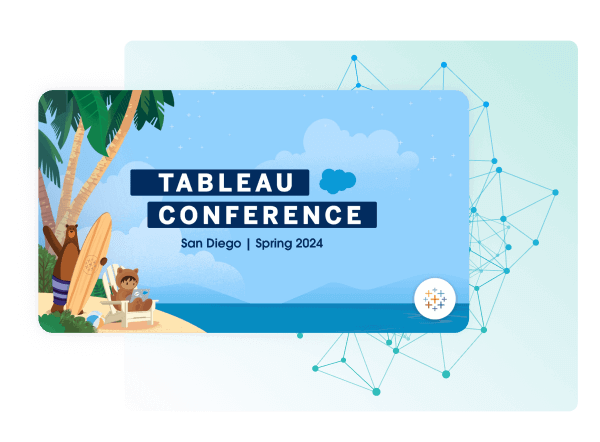Discover how a bimodal integration strategy can address the major data management challenges facing your organization today.
Get the Report →How to use SQLAlchemy ORM to access Azure Table Data in Python
Create Python applications and scripts that use SQLAlchemy Object-Relational Mappings of Azure Table data.
The rich ecosystem of Python modules lets you get to work quickly and integrate your systems effectively. With the CData Python Connector for Azure and the SQLAlchemy toolkit, you can build Azure Table-connected Python applications and scripts. This article shows how to use SQLAlchemy to connect to Azure Table data to query, update, delete, and insert Azure Table data.
With built-in optimized data processing, the CData Python Connector offers unmatched performance for interacting with live Azure Table data in Python. When you issue complex SQL queries from Azure Table, the CData Connector pushes supported SQL operations, like filters and aggregations, directly to Azure Table and utilizes the embedded SQL engine to process unsupported operations client-side (often SQL functions and JOIN operations).
Connecting to Azure Table Data
Connecting to Azure Table data looks just like connecting to any relational data source. Create a connection string using the required connection properties. For this article, you will pass the connection string as a parameter to the create_engine function.
Specify your AccessKey and your Account to connect. Set the Account property to the Storage Account Name and set AccessKey to one of the Access Keys. Either the Primary or Secondary Access Keys can be used. To obtain these values, navigate to the Storage Accounts blade in the Azure portal. You can obtain the access key by selecting your account and clicking Access Keys in the Settings section.
Follow the procedure below to install SQLAlchemy and start accessing Azure Table through Python objects.
Install Required Modules
Use the pip utility to install the SQLAlchemy toolkit and SQLAlchemy ORM package:
pip install sqlalchemy
pip install sqlalchemy.orm
Be sure to import the appropriate modules:
from sqlalchemy import create_engine, String, Column
from sqlalchemy.ext.declarative import declarative_base
from sqlalchemy.orm import sessionmaker
Model Azure Table Data in Python
You can now connect with a connection string. Use the create_engine function to create an Engine for working with Azure Table data.
NOTE: Users should URL encode the any connection string properties that include special characters. For more information, refer to the SQL Alchemy documentation.
engine = create_engine("azuretables:///?AccessKey=myAccessKey&Account=myAccountName")
Declare a Mapping Class for Azure Table Data
After establishing the connection, declare a mapping class for the table you wish to model in the ORM (in this article, we will model the NorthwindProducts table). Use the sqlalchemy.ext.declarative.declarative_base function and create a new class with some or all of the fields (columns) defined.
base = declarative_base()
class NorthwindProducts(base):
__tablename__ = "NorthwindProducts"
Name = Column(String,primary_key=True)
Price = Column(String)
...
Query Azure Table Data
With the mapping class prepared, you can use a session object to query the data source. After binding the Engine to the session, provide the mapping class to the session query method.
Using the query Method
engine = create_engine("azuretables:///?AccessKey=myAccessKey&Account=myAccountName")
factory = sessionmaker(bind=engine)
session = factory()
for instance in session.query(NorthwindProducts).filter_by(ShipCity="New York"):
print("Name: ", instance.Name)
print("Price: ", instance.Price)
print("---------")
Alternatively, you can use the execute method with the appropriate table object. The code below works with an active session.
Using the execute Method
NorthwindProducts_table = NorthwindProducts.metadata.tables["NorthwindProducts"]
for instance in session.execute(NorthwindProducts_table.select().where(NorthwindProducts_table.c.ShipCity == "New York")):
print("Name: ", instance.Name)
print("Price: ", instance.Price)
print("---------")
For examples of more complex querying, including JOINs, aggregations, limits, and more, refer to the Help documentation for the extension.
Insert Azure Table Data
To insert Azure Table data, define an instance of the mapped class and add it to the active session. Call the commit function on the session to push all added instances to Azure Table.
new_rec = NorthwindProducts(Name="placeholder", ShipCity="New York")
session.add(new_rec)
session.commit()
Update Azure Table Data
To update Azure Table data, fetch the desired record(s) with a filter query. Then, modify the values of the fields and call the commit function on the session to push the modified record to Azure Table.
updated_rec = session.query(NorthwindProducts).filter_by(SOME_ID_COLUMN="SOME_ID_VALUE").first()
updated_rec.ShipCity = "New York"
session.commit()
Delete Azure Table Data
To delete Azure Table data, fetch the desired record(s) with a filter query. Then delete the record with the active session and call the commit function on the session to perform the delete operation on the provided records (rows).
deleted_rec = session.query(NorthwindProducts).filter_by(SOME_ID_COLUMN="SOME_ID_VALUE").first()
session.delete(deleted_rec)
session.commit()
Free Trial & More Information
Download a free, 30-day trial of the CData Python Connector for Azure to start building Python apps and scripts with connectivity to Azure Table data. Reach out to our Support Team if you have any questions.






